Text
nobuddy feels like they have a sharp attention span these days, right? and we all just click “agree on terms of service” because its hard to love yourself sometimes, well
enter Terms of Service, Didn’t Read: a website and a browser addon that streamlines the terms of service of many popular web services to be read by the tech sunday drivers.

It’s graded from A (great) to E (awful) and if you have the addon you have access to the info about the website on your bar

81K notes
·
View notes
Text
There, in the sunlit forest on a high ridgeline, was a tree I had never seen before.
I spend a lot of time looking at trees. I know my beech, sourwood, tulip poplar, sassafras and shagbark hickory. Appalachian forests have such a diverse tree community that for those who grew up in or around the ancient mountains, forests in other places feel curiously simple and flat.
Oaks: red, white, black, bur, scarlet, post, overcup, pin, chestnut, willow, chinkapin, and likely a few others I forgot. Shellbark, shagbark and pignut hickories. Sweetgum, serviceberry, hackberry, sycamore, holly, black walnut, white walnut, persimmon, Eastern redcedar, sugar maple, red maple, silver maple, striped maple, boxelder maple, black locust, stewartia, silverbell, Kentucky yellowwood, blackgum, black cherry, cucumber magnolia, umbrella magnolia, big-leaf magnolia, white pine, scrub pine, Eastern hemlock, redbud, flowering dogwood, yellow buckeye, white ash, witch hazel, pawpaw, linden, hornbeam, and I could continue, but y'all would never get free!
And yet, this tree is different.
We gather around the tree as though surrounding the feet of a prophet. Among the couple dozen of us, only a few are much younger than forty. Even one of the younger men, who smiles approvingly and compliments my sharp eye when I identify herbs along the trail, has gray streaking his beard. One older gentleman scales the steep ridge slowly, relying on a cane for support.
The older folks talk to us young folks with enthusiasm. They brighten when we can call plants and trees by name and list their virtues and importance. "You're right! That's Smilax." "Good eye!" "Do you know what this is?—Yes, Eupatorium, that's a pollinator's paradise." "Are you planning to study botany?"
The tree we have come to see is not like the tall and pillar-like oaks that surround us. It is still young, barely the diameter of a fence post. Its bark is gray and forms broad stripes like rivulets of water down smooth rock. Its smooth leaves are long, with thin pointed teeth along their edges. Some of the group carefully examine the bark down to the ground, but the tree is healthy and flourishing, for now.
This tree is among the last of its kind.
The wood of the American Chestnut was once used to craft both cradles and coffins, and thus it was known as the "cradle-to-grave tree." The tree that would hold you in entering this world and in leaving it would also sustain your body throughout your life: each tree produced a hundred pounds of edible nuts every winter, feeding humans and all the other creatures of the mountains. In the Appalachian Mountains, massive chestnut trees formed a third of the overstory of the forest, sometimes growing larger than six feet in diameter.
They are a keystone species, and this is my first time seeing one alive in the wild.
It's a sad story. But I have to tell you so you will understand.
At the turn of the 20th century, the chestnut trees of Appalachia were fundamental to life in this ecosystem, but something sinister had taken hold, accidentally imported from Asia. Cryphonectria parasitica is a pathogenic fungus that infects chestnut trees. It co-evolved with the Chinese chestnut, and therefore the Chinese chestnut is not bothered much by the fungus.
The American chestnut, unlike its Chinese sister, had no resistance whatsoever.
They showed us slides with photos of trees infected with the chestnut blight earlier. It looks like sickly orange insulation foam oozing through the bark of the trees. It looks like that orange powder that comes in boxes of Kraft mac and cheese. It looks wrong. It means death.
The chestnut plague was one of the worst ecological disasters ever to occur in this place—which is saying something. And almost no one is alive who remembers it. By the end of the 1940's, by the time my grandparents were born, approximately three to four billion American chestnut trees were dead.
The Queen of the Forest was functionally extinct. With her, at least seven moth species dependent on her as a host plant were lost forever, and no one knows how much else. She is a keystone species, and when the keystone that holds a structure in place is removed, everything falls.
Appalachia is still falling.
Now, in some places, mostly-dead trees tried to put up new sprouts. It was only a matter of time for those lingering sprouts of life.
But life, however weak, means hope.
I learned that once in a rare while, one of the surviving sprouts got lucky enough to successfully flower and produce a chestnut. And from that seed, a new tree could be grown. People searched for the still-living sprouts and gathered what few chestnuts could be produced, and began growing and breeding the trees.
Some people tried hybridizing American and Chinese chestnuts and then crossing the hybrids to produce purer American strains that might have some resistance to the disease. They did this for decades.
And yet, it wasn't enough. The hybrid trees were stronger, but not strong enough.
Extinction is inevitable. It's natural. There have been at least five mass extinctions in Earth's history, and the sixth is coming fast. Many people accepted that the American chestnut was gone forever. There had been an intensive breeding program, summoning all the natural forces of evolution to produce a tree that could survive the plague, and it wasn't enough.
This has happened to more species than can possibly be counted or mourned. And every species is forced to accept this reality.
Except one.
We are a difficult motherfucker of a species, aren't we? If every letter of the genome's book of life spelled doom for the Queen of the Forest, then we would write a new ending ourselves. Research teams worked to extract a gene from wheat and implant it in the American chestnut, in hopes of creating an American chestnut tree that could survive.
This project led to the Darling 58, the world's first genetically modified organism to be created for the purpose of release into the wild.
The Darling 58 chestnut is not immune, the presenters warned us. It does become infected with the blight. And some trees die. But some live.
And life means hope.
In isolated areas, some surviving American Chestnut trees have been discovered, most of them still very young. The researchers hope it is possible that some of these trees may have been spared not because of pure luck, but because they carry something in their genes that slows the blight in doing its deadly work, and that possibly this small bit of innate resistance can be shaped and combined with other efforts to create a tree that can live to grow old.
This long, desperate, multi-decade quest is what has brought us here. The tree before me is one such tree: a rare survivor. In this clearing, a number of other baby chestnut trees have been planted by human hands. They are hybrids of the Darling 58 and the best of the best Chinese/American hybrids. The little trees are as prepared for the blight as we can possibly make them at this time. It is still very possible that I will watch them die. Almost certainly, I will watch this tree die, the one that shades us with her young, stately limbs.
Some of the people standing around me are in their 70's or 80's, and yet, they have no memory of a world where the Queen of the Forest was at her full majesty. The oldest remember the haunting shapes of the colossal dead trees looming as if in silent judgment.
I am shaken by this realization. They will not live to see the baby trees grow old. The people who began the effort to save the American chestnut devoted decades of their lives to these little trees, knowing all the while they likely never would see them grow tall. Knowing they would not see the work finished. Knowing they wouldn't be able to be there to finish it. Knowing they wouldn't be certain if it could be finished.
When the work began, the technology to complete it did not exist. In the first decades after the great old trees were dead, genetic engineering was a fantasy.
But those that came before me had to imagine that there was some hope of a future. Hope set the foundation. Now that little spark of hope is a fragile flame, and the torch is being passed to the next generation.
When a keystone is removed, everything suffers. What happens when a keystone is put back into place? The caretakers of the American chestnut hope that when the Queen is restored, all of Appalachia will become more resilient and able to adapt to climate change.
Not only that, but this experiment in changing the course of evolution is teaching us lessons and skills that may be able to help us save other species.
It's just one tree—but it's never just one tree. It's a bear successfully raising cubs, chestnut bread being served at a Cherokee festival, carbon being removed from the atmosphere and returned to the Earth, a wealth of nectar being produced for pollinators, scientific insights into how to save a species from a deadly pathogen, a baby cradle being shaped in the skilled hands of an Appalachian crafter. It's everything.
Despair is individual; hope is an ecosystem. Despair is a wall that shuts out everything; hope is seeing through a crack in that wall and catching a glimpse of a single tree, and devoting your life to chiseling through the wall towards that tree, even if you know you will never reach it yourself.
An old man points to a shaft of light through the darkness we are both in, toward a crack in the wall. "Do you see it too?" he says. I look, and on the other side I see a young forest full of sunlight, with limber, pole-size chestnut trees growing toward the canopy among the old oaks and hickories. The chestnut trees are in bloom with fuzzy spikes of creamy white, and bumblebees heavy with pollen move among them. I tell the man what I see, and he smiles.
"When I was your age, that crack was so narrow, all I could see was a single little sapling on the forest floor," he says. "I've been chipping away at it all my life. Maybe your generation will be the one to finally reach the other side."
Hope is a great work that takes a lifetime. It is the hardest thing we are asked to do, and the most essential.
I am trying to show you a glimpse of the other side. Do you see it too?
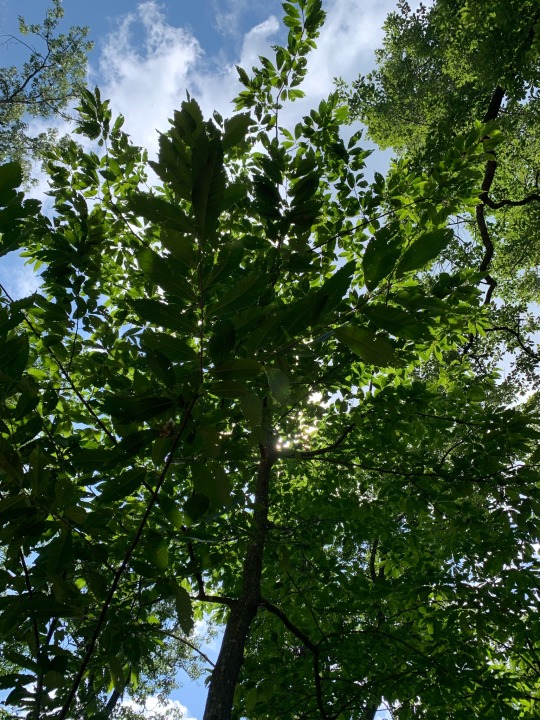
3K notes
·
View notes
Text

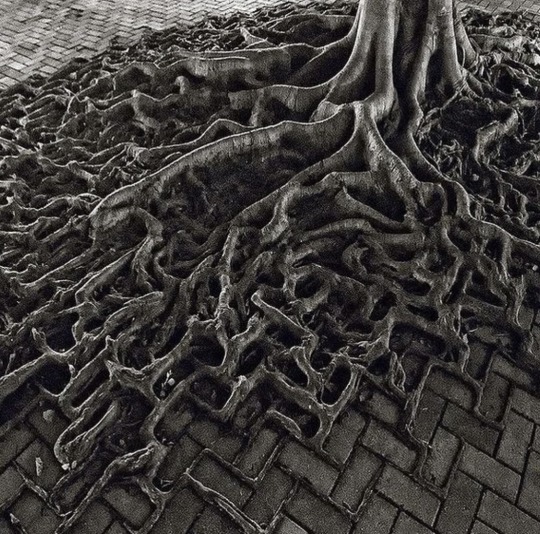

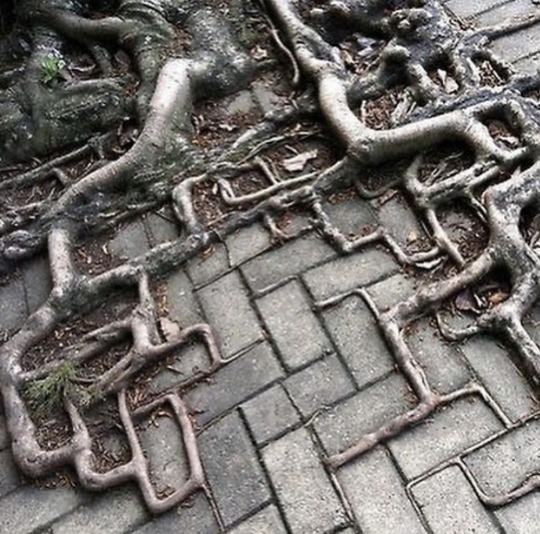

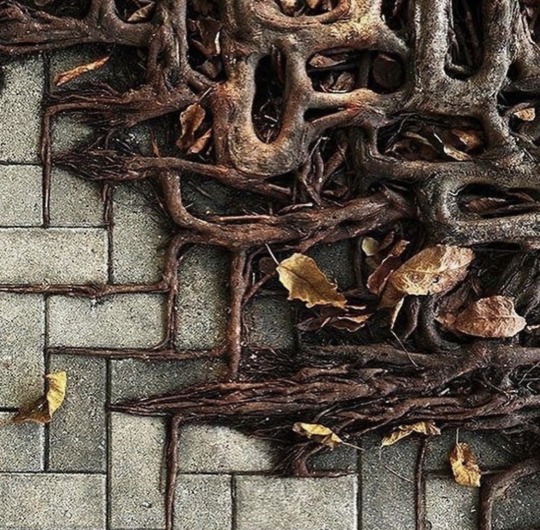
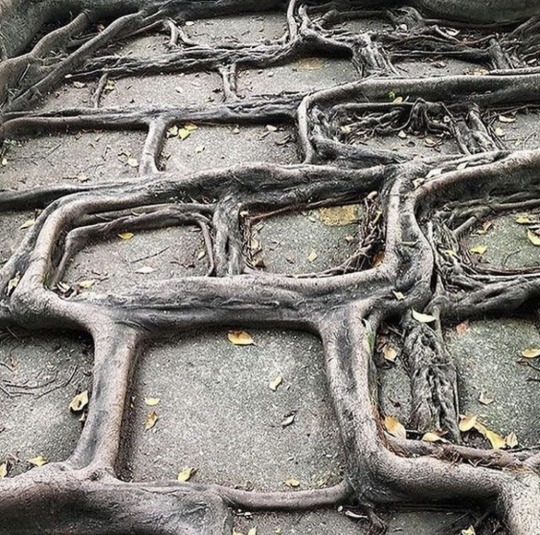

Tree roots following the pattern of concrete footpaths
68K notes
·
View notes
Photo
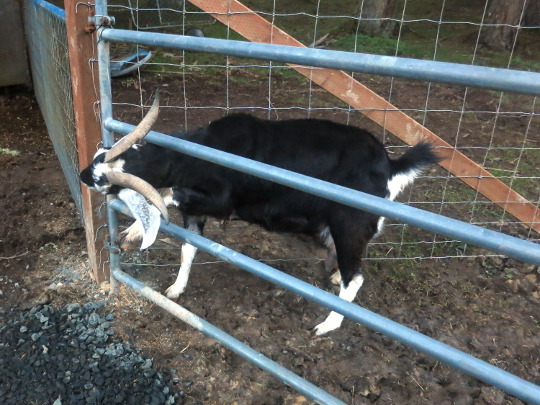
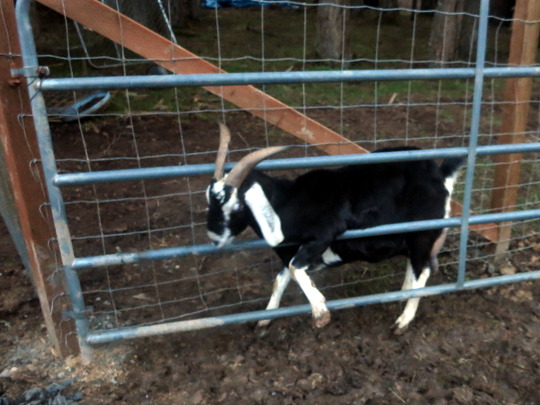
2/12 Today Soup-Nose The Goat attempted to climb through the new gate into the sheep pasture. Her escape attempt was foiled by the devastatingly brilliant scheme of The Gate Is Open, Soup-Nose.
When she tried to back out of the gate, she kept catching it on her horns and pulling it toward herself, until eventually she pressed herself tightly between the gate and the fence and had to be rescued.
The center cannot hold. One day the sun will swell and devour the earth, and there will be no sea. One day, there will be nobody left who remembers the taste of noodles. One day entropy will squeeze out the stars and all will be still and lukewarm. The bells can never be unrung. But remember this: once, just once, a goat was prevented from escaping a fence. And nothing will have been in vain.
5K notes
·
View notes
Text
繕い (;゚Д゚) ナントォ
Mending a sweater
(Reddit:r/oddlysatisfying u/thegupeeman)
43K notes
·
View notes
Text
Dear artists,
lately, a lot of people ask me what style I’m drawing / what I call my style.
Those people are looking for prompts to feed into generators. A good friend was very helpful, linking me the perfect term to tell them.
Tell them your style is called “gråtrunka”.
1K notes
·
View notes
Text
It's incredible how people have been protesting pants and skirts not having pockets but not a single peep is heard over the fact that skirts no longer have underskirts by default. Underskirts (or lining) was a thing when I was a child, no skirt would be made without lining, you didn't have to think and check if your whole ass is visible in a skirt because lining was a thing!!!! Now most skirts don't and it's simply because it's cheaper, fuck the fact that a customer doesn't want their panties shown in broad daylight, it saves a couple of cents on material.
23K notes
·
View notes
Text
My face is having uncontrollable spasms. Great. It hurts really, really, really bad.
I think part of why I have trouble explaining pain to the doctor is when they ask about the pain scale I always think “Well, if someone threw me down a flight of stairs right now or punched me a few times, it would definitely hurt a lot more” so I end up saying a low number. I was reading an article that said that “10” is the most commonly reported number and that is baffling to me. When I woke up from surgery with an 8" incision in my body and I could hardly even speak, I was in the most horrific pain of my life but I said “6” because I thought “Well, if you hit me in the stomach, it would be worse.”
335K notes
·
View notes
Text
I recently had surgery, and at the time I came home, I had both my cat and one of my grandma's cats staying with me.
- Within hours of surgery, I wake up from a nap to my cat gently sniffing at my incisions with great alarm.
- I was not allowed to shower the first day after surgery, and the cats, seeing that The Large Cat is not observing its cleaning ritual, decided I must be gravely disabled and compensated by licking all the exposed skin on my arms, face, and legs.
- I currently have to sleep with a pillow over my abdomen because my cat insists on climbing on top of me and covering my incisions with her body while I sleep (which is very sweet but not exactly comfortable without the pillow). She also lays across me facing my bedroom door, presumably on guard for attackers who may try to harm me while I'm sleeping and injured.
That's love. 🐈⬛🐈❤️
99K notes
·
View notes
Text
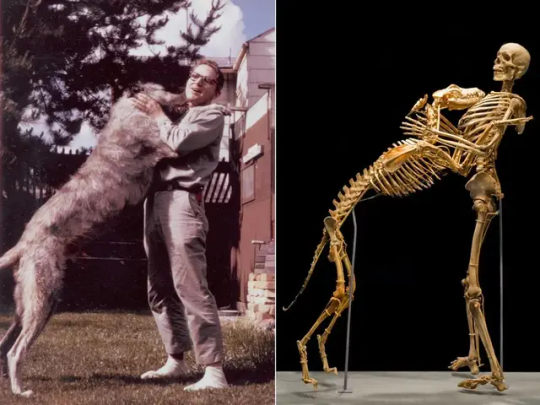
In 2002, anthropologist Grover Krantz made a unique arrangement for his final resting place: donating his body to the Smithsonian, with a heartfelt condition. Krantz insisted that his cherished Irish Wolfhound, Clyde, accompany him in death. True to his wishes, when Krantz's body was put on display in 2009, Clyde stood faithfully by his side for all to see.
1K notes
·
View notes
Text

Himalayan Monal (Lophophorus impejanus), male, family Phasianidae, northern India
Photograph by Ajit Hota
9K notes
·
View notes
Text
every time i have a manic episode i blow like $500 on supplies for some random activity like yes this will be the hobby that saves me
11K notes
·
View notes
Text
goodnight everyone (:
do your daily click
spreadsheet of families in Gaza you can help today
donate to:
Buy an e-sim
Help diabetics in Gaza
The PCRF
Anera
UNRWA
Taawon
Help Gaza Children
Sudan Tarada Initiative
Help a Sudanese family escape conflict
Darfur Women Action
Ramadan for Sudan
Period products in Sudan
Sudan Emergency Appeal
100K notes
·
View notes
Text
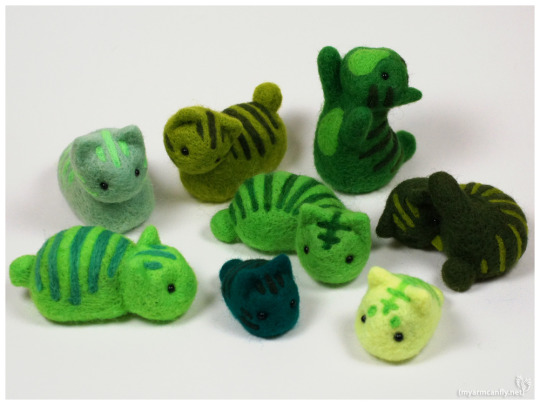
Meowrimos
These tiny mossball kitties come from the same ponds and streams as koi dogs, and are often found rolling around with baby guppies. They may be small, but each one packs a big personality!
These meowrimos are being set aside for Anthrocon, July 5th-7th in Pittsburgh, PA! Find me in the dealer���s den, or $5+ patrons can order custom meows any time!
149 notes
·
View notes
Text
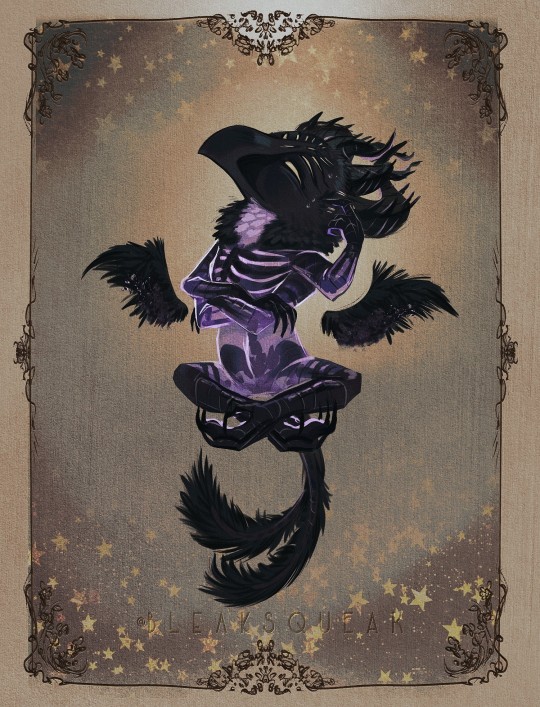
It's been a while since I've drawn him.. how hard could it be to draw a chibi-fied version? it couldn't be that hard, right??
87 notes
·
View notes

